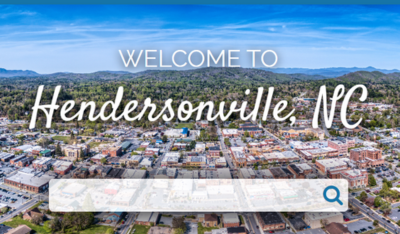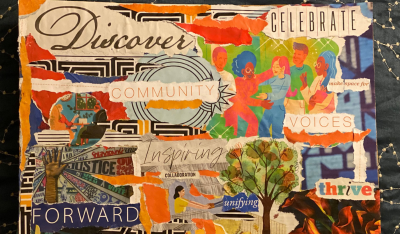
Hybrid Public Meetings: The Standard for Effective Community Engagement
State and local governments are faced with the ongoing challenge of identifying and adapting with the ever changing needs and engagement preferences of their residents. Organizations that have embraced processes that integrate both in-person and digital methods using tools like PublicInput paired with Microsoft Teams, Webex, and Zoom, experience expanded engagement using this equitable approach.
The benefits of community engagement that incorporates virtual public meetings
What we thought would be a temporary shift now appears to be something bigger. Virtual community engagement is here to stay, but with that realization comes a new set of questions and challenges, like:
-
- How can we provide equity for less tech-savvy residents?
- How can we engage with multilingual residents?
- How can we retain our public records?
As we look toward the future of community engagement, hybrid public meetings and their combination of in-person and virtual participation, are emerging as the answer.
What is a hybrid public meeting?
The key to understanding hybrid public meetings is the hybrid aspect of the hearings. Specifically referring to the physical location of participants, during a hybrid public meeting a subset of attendees are located together in a central location while other attendees join the meeting through web or phone conferencing.
Hybrid public meeting software is the bridge that connects the agency’s conferencing platform with the in-person meeting while facilitating the critical backend workflows of a public meeting.
-
- Flexible options for busy residents – Childcare, missed work shifts, and reliable access to transportation previously created insurmountable conflicts with meeting participation. Providing virtual options and a longer time window for participation offers greater access and has been shown to greatly increase participation.
- Equitable access for all – If you’re reading this, you’re probably already comfortable with downloading and running a professional conferencing app. But many of your residents are not so tech-savvy. Hybrid public meetings are uniquely designed to reflect these gaps in technological literacy and offer more flexibility to your community.
- Better records management – When digital by default, transcribed meeting comments can be easily analyzed together with emails, voice messages, and online comments.
- Language translation – Limited English Proficiency residents can participate in the primary conversation rather than attend separate meetings or have to watch a recorded presentation.
- A sustainable path forward – Hybrid public meetings provide more equitable and accessible engagement while reducing your physical footprint and reducing vehicle trips.
So, why aren’t we all hosting hybrid public meetings now?
Aside from the uncertainty about in-person gatherings, there are still a few concerns to be addressed, including:
-
- Anticipating in-person capacity needs and ensuring safe access to facilities
- A/V requirements for connecting the virtual conference to in-person meetings
- Facilitating a queue of public speakers across virtual and in-person formats
- Ensuring records retention and compliance across multiple formats
- Providing multilingual and ADA-compliant access both virtually and in-person
How can the right community engagement platform address public meeting challenges?
PublicInput offers a community engagement platform purpose-built for government to address the challenges associated with public meetings. Here’s an initial look at how emerging technologies will help teams address challenges associated with hybrid meetings:
-
- Automated multi-channel comment capture and attribution that houses emails, voicemails, online comments, in-meeting phone comments, and in-person comments in a central system of record.
- A single system for comment analysis that allows for independent coding (by theme or sentiment analysis) and stores data by meeting for continuity.
- An in-person audio bridge that creates a specialized line connecting the in-person and virtual conference to prevent audio issues, facilitate cross-venue public comment periods, and provide a single point of control for conditions like closed sessions.
- A central system for registration and speaker queue management that allows all participants to register through one system and designate whether they’ll be attending online or in-person.
- Accessibility and multilingual options that provide new tools for real-time closed captioning and translation, human translation, and assistive technologies.
When should you start planning for hybrid public meetings?
In short – yesterday!
But if you don’t have a community engagement plan that includes in-person and hybrid public meetings, you’re not alone.
If there’s one thing we learned during the pandemic, it’s that our situation can rapidly change. In a single news cycle, civic engagement and state guidelines change, leaving local government in a reactive position.
By proactively beginning internal discussions and drafting policy documents now, organizations can put themselves in a better position to meet the changing expectations of the public, elected officials, and shifting state guidelines.
The Takeaway
The future of community engagement and public meetings is neither strictly virtual nor in-person – but a blend of both.
The expectation of flexible, equitable, and safe ways for resident participation won’t recede with COVID-19 restrictions. Rather, public organizations and their consulting partners will be tasked with providing more flexible engagement options for public meetings, public hearings, councils, boards, and commissions.
Like you, we’re in this for the long haul and look forward to helping you deliver innovative, equitable approaches for the communities you serve.



